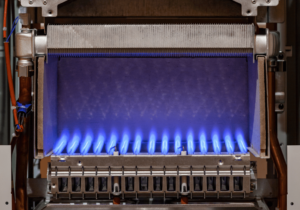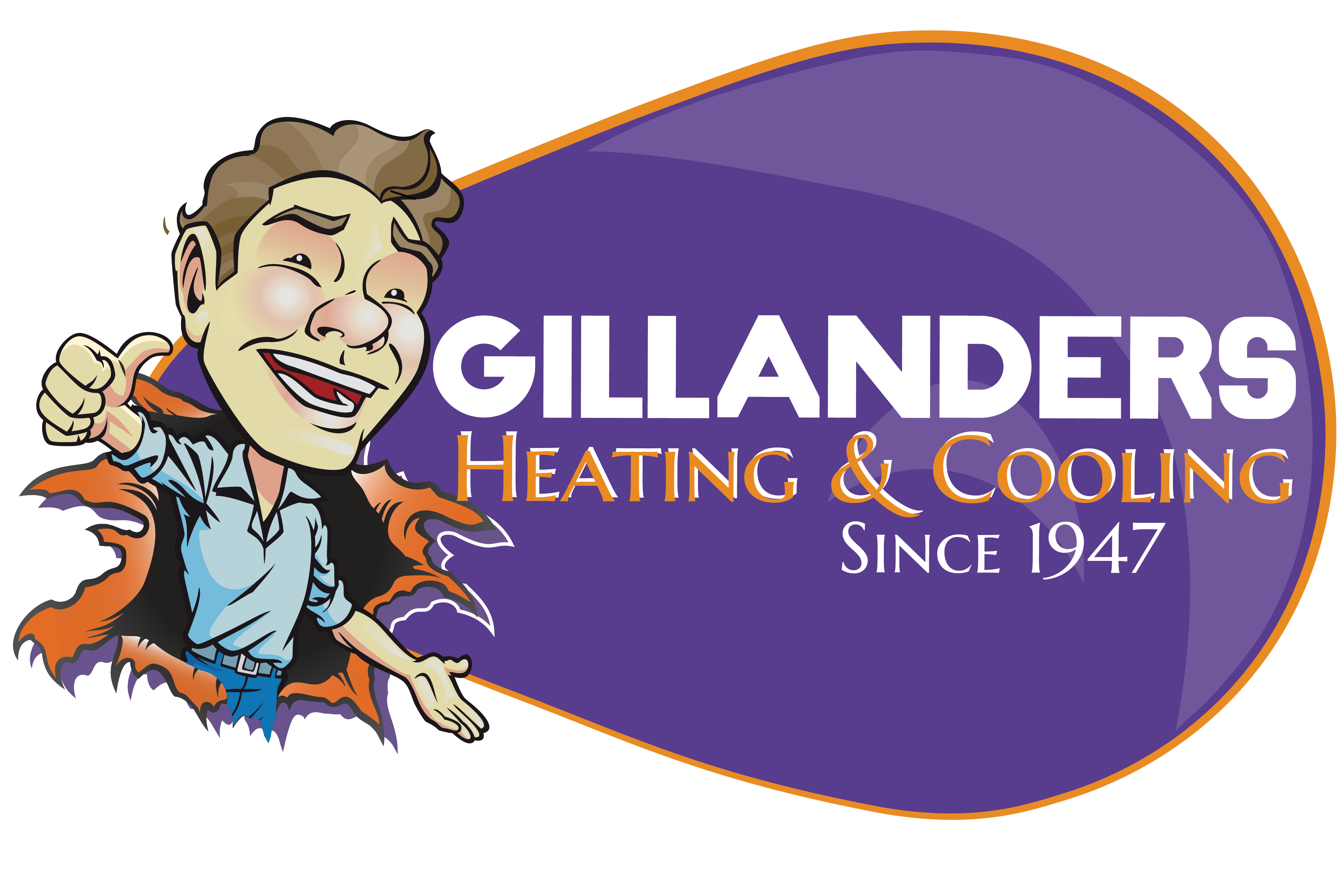These days, you’ll find that you have several options when it comes to which furnace you choose for installation within your home. Lots of homeowners replace their old units with a similar kind because of the existing infrastructure already in place. Considering a more energy-efficient unit, however, is a good idea, and will save you money in the long run. Here are the most well-known kinds of furnaces used in homes today.
Electric
Furnaces that use electricity to heat the air contain electric heating elements. Once heated, the furnace pushes the air with the blower into the separate rooms through the ventilation system. Electric furnaces have a lower upfront cost and tend to be smaller than other types of units. However, they may cost more to run due to the possibly high cost of electrical power in your area.
 Gas
Gas
To function, a natural gas furnace uses gas that is found in a municipal line. Heat is then created with the gas, as your air flows through it to warm your home. Gas furnaces, like furnaces that run on electricity, deliver warm air throughout a home via HVAC ductwork.
Depending on local utility prices, gas furnaces will generally be less expensive to operate than electric. Despite the lower cost, gas furnaces may need more attention and care to keep them running at maximum efficiency. Gas furnaces will outlast electricity by up to ten years if well maintained.
Oil
Homes without access to a flammable gas line may utilize an oil-filled heater to warm their homes. An oil furnace is usually less efficient compared to a gas one, leading to higher energy bills each month.
These three furnace types are the most well-known types for heating as of now. However, there are other options present. Homes that don’t have built-in ductwork may utilize a heat pump, boiler, fireplace, or wood/pellet stove for generating heat in the wintertime. These units will vary in their heating capacities, maintenance requirements, and operational costs.
Signs You May Need A New Furnace
While furnaces typically have a lifespan of 20 years, there will come a time when it needs replacing. A furnace expert can give you assistance in making the best choice of a new furnace. They will take measurements within your home to figure out what size of furnace is needed. This is particularly important if a home has been remodeled or expanded since the last furnace was installed.
 Newer models tend to be more energy-efficient, which can reduce the cost of operation. There are some signs that the unit you are currently using in your home is nearing the end of its life. You might notice strange odors or unusual sounds when your furnace is running, see an increase in your energy bill, find that your furnace needs frequent service calls, or even hear your carbon monoxide detector sound an alarm.
Newer models tend to be more energy-efficient, which can reduce the cost of operation. There are some signs that the unit you are currently using in your home is nearing the end of its life. You might notice strange odors or unusual sounds when your furnace is running, see an increase in your energy bill, find that your furnace needs frequent service calls, or even hear your carbon monoxide detector sound an alarm.
Not all furnace issues lead to replacement. Sometimes a simple repair will take care of the problem. A professional can check up on your furnace and see what the real problem is. It’s more cost-effective to replace a unit approaching its 20-year-old mark than repairing it.
No matter how well your furnace is maintained, it will dip in efficiency over time. Through regular maintenance, you can keep your furnace working as efficiently as possible and extend its useful life. Homeowners who replace their old unit with a new one will experience a notable difference in heating bills. More repair and maintenance work is required for older furnace units, but new ones are cost-effective and useful in eliminating extra repair costs.
Lastly, if carbon monoxide is detected, get the problem taken care of immediately. Carbon monoxide is present in a gas furnace when it produces red flames instead of blue ones. You may want to check for a carbon monoxide leak if your family is experiencing flu-like symptoms, nausea, and frequent headaches.
Carbon monoxide leaks will only get worse if not attended to, so request an emergency service visit at the first sign of trouble. A new unit will improve your family’s health and well-being over the old, worn out one.
